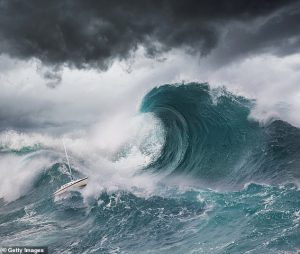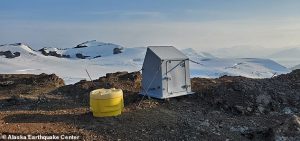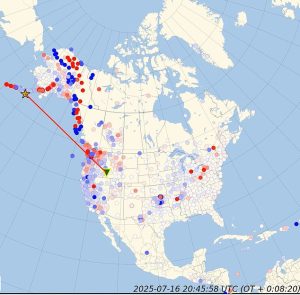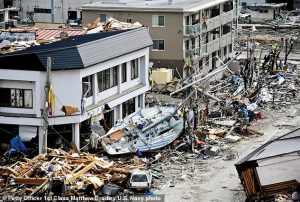West Coast at Risk as Critical Tsunami Warning Stations Set to Go Dark
Key Takeaways
- Nine crucial seismic stations in Alaska will go offline in two weeks due to funding cuts
- These stations provide early tsunami warnings for California, Oregon, Washington, and Hawaii
- Warnings could be delayed by critical minutes, reducing evacuation time
- No replacement system is currently ready to take over monitoring
Critical earthquake monitoring stations that protect millions of West Coast residents from tsunamis will shut down in just two weeks due to federal budget cuts. The National Oceanic and Atmospheric Administration (NOAA) eliminated $300,000 in funding for nine seismic stations in Alaska that serve as an early warning system for the entire Pacific US coastline.
Imminent Threat to Warning System
The Alaska Earthquake Center (AEC) had requested funding to maintain these tsunami monitors through 2028, but NOAA denied the request in late September. The stations, scattered across Alaska’s Aleutian Islands and Bering Sea, will go offline at the end of November.
Without these sensors, tsunami warnings could arrive minutes later than usual – potentially leaving insufficient time for coastal evacuations. “The tsunami threats from Alaska are not just an Alaska problem,” warned Mike West, Alaska state seismologist and AEC director.


Recent Events Highlight Ongoing Risk
Recent months have seen multiple Pacific earthquakes trigger US tsunami warnings, including a September alert in Hawaii following a massive 7.8 magnitude seaquake near Russia’s Kamchatka region. Currently, no solid “Plan B” exists for seismic monitoring in the affected area.
The AEC cannot afford to operate the stations without federal support, and no nearby replacements are ready to assume monitoring duties. Alaska Senator Lisa Murkowski has pushed for a review of the funding cuts and restoration of the real-time monitoring equipment.
A senior NOAA official acknowledged to the Washington Post that “the system doesn’t collapse if you lose one measurement, but it creates holes in the network of observations.”
Historical Context and Future Risks
This year alone, AEC has detected over 24,000 earthquakes using its high-tech seismic equipment. While most were minor, earthquakes exceeding magnitude 7 can trigger tsunamis, giving coastal communities only moments to reach higher ground.
The danger is not theoretical – in 1946, three years before the tsunami alert system was created, a major Pacific earthquake unleashed a massive tsunami that killed over 150 people in Hawaii.


Cascadia Subduction Zone Threat
A recent study in the Proceedings of the National Academy of Sciences warns that a colossal earthquake along the Cascadia Subduction Zone in America’s Pacific Northwest is almost certain by 2100 and would unleash another deadly tsunami.
Scientists warn that an 8-9 magnitude earthquake today could generate a 100-foot mega tsunami that would devastate the West Coast, with FEMA estimating 5,800 direct earthquake deaths and another 8,000 from the resulting tsunami.
In July, a powerful 7.3 magnitude earthquake struck Alaska, triggering tsunami warnings and sending shockwaves that activated seismic sensors as far away as Europe, Africa, and Asia – demonstrating the far-reaching impact of Pacific seismic events.








